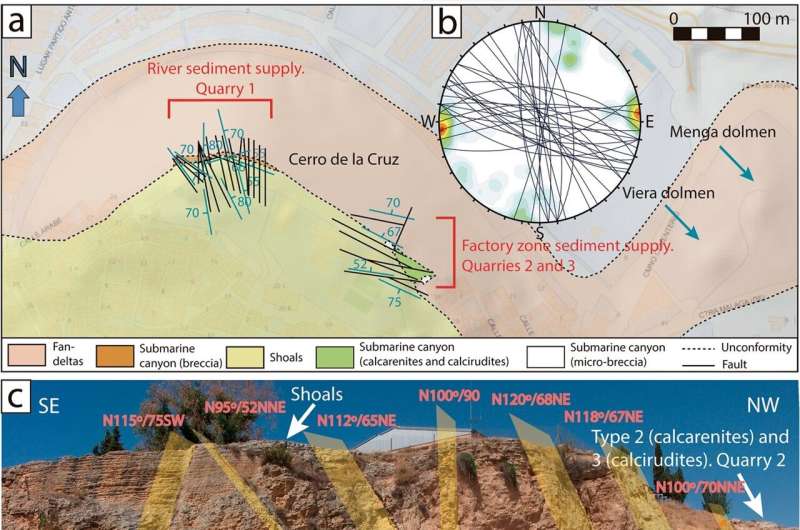- Joined
- Jul 19, 2004
- Messages
- 29,621
- Location
- Out of Bounds
A survey conducted on a proposed avocado plantation discovered Spain's largest megalithic site, including a variety of stone structures and arrangements.
FULL STORY: https://www.sciencealert.com/giant-...tanding-stones-is-among-the-largest-in-europeGiant Megalithic Complex of 500 Standing Stones Is Among The Largest in Europe
A huge megalithic complex of more than 500 standing stones has been discovered in southern Spain which could be one of the largest in Europe, archaeologists told AFP Thursday.
The stones were discovered on a plot of land in Huelva, a province which flanks the southernmost part of Spain's border with Portugal, near the Guadiana River.
Spanning some 600 hectares (1,500 acres), the land had been earmarked for an avocado planation.
But before granting the permit, the regional authorities requested a survey in light of the site's possible archaeological significance – and revealed the presence of the stones.
"This is the biggest and most diverse collection of standing stones grouped together in the Iberian peninsula," said Jose Antonio Linares, a researcher at Huelva University and one of the project's three directors. ...
It is likely that the oldest standing stones at the La Torre-La Janera site were erected during the second half of the sixth or fifth millennium BCE, he said. ...
At the site, they found a large number of various types of megaliths, including standing stones, dolmens, mounds, coffin-like stone boxes called cists, and various enclosures. ...
Most of the menhirs were grouped into 26 alignments and two cromlechs, both located on hilltops with a clear view to the east for viewing the sunrise during the summer and winter solstices and the spring and autumn equinoxes, the researchers said.
Many of the stones are buried deep in the earth.
They will need to be carefully excavated with the work scheduled to run until 2026 ...


